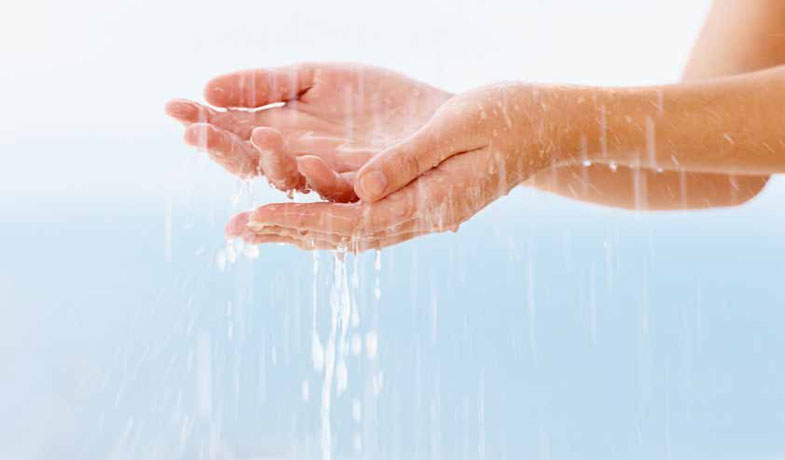In cold urticaria, contact with cold objects or even cold water or wind triggers the release of histamine from the mast cells at the point where the cold affects the skin, including mucous membranes in the mouth and throat area. Even ice cream or cold foods or drinks are among the triggers, as is evaporated sweat after sporting activities and cooling down in cold water.
Characteristically, after contact with cold, redness, swelling and hives formation of the skin occur within a few minutes, combined with severe itching and angioedema and sometimes even severe allergic reactions with loss of consciousness and shock. At the beginning of the skin reaction, the itchy redness and swelling of the skin is still relatively small and limited, but can spread considerably. As a rule, these skin symptoms are unpleasant but not dangerous. However, if large areas of skin are exposed to the cold stimulus, e.g. B. when jumping into cold water, correspondingly large amounts of histamine are released, which can then reach other parts of the body with the blood within a minute. The consequences are increased heart rate, drop in blood pressure, stabbing headaches, shortness of breath and even anaphylactic shock, which can lead to life-threatening failure of the cardiovascular system. Even an ice-cold drink or ice cream can cause some patients’ throat area to swell so much that they can no longer breathe. If the hives appear on the face, they are often associated with such severe skin swelling that severe disfigurement can occur at times.
Infectious diseases have been identified as the causes of cold urticaria, including jaundice, measles, chickenpox, respiratory and HIV infections, and worm diseases. Other allergens or stimuli often trigger the symptoms in those affected by cold allergies. Thus, this type of hives often occurs along with food allergies and exercise-related asthma. But it can also be triggered by insect bites or jellyfish. It can also appear in the tooth and jaw area and in the kidney area together with inflammatory processes.
The skin’s pathological reaction to cold is tested with the help of ice cubes, temperature-controlled water baths, cold testing devices or by staying in a cold chamber at an allergist’s office. The easiest way to prevent it is to avoid the cold. It is not uncommon for acute urticaria to heal relatively quickly, even without medication. However, if you suffer from severe and/or persistent symptoms, you should discuss medication therapy with your doctor. Since cold urticaria, like all forms of hives, is accompanied by histamine release, medications work to inhibit this. Antihistamines prevent the tissue messenger histamine from being released into the surrounding skin tissue, which causes the allergic reaction. However, the treatment of cold allergy depends on the causes and the diseases that occur along with it. For example, if there is an infection, antibiotics are also used to treat it. Another form of treatment is hardening therapy. Patients are repeatedly exposed to cold temperatures and baths to acclimate to the cold.
Further topics on health and medicine
